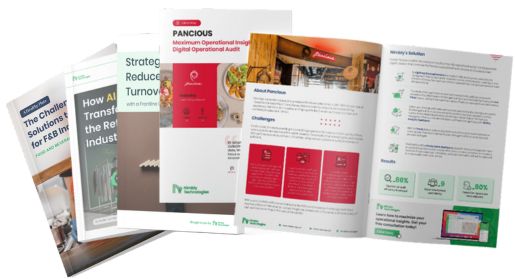

Technology is heavily implemented today since the pandemic begins. People start to work from home, and various businesses try to find solutions to work more effectively and accurately while maintaining minimum contact. Not surprisingly, agriculture experiences several changes too.
Here are several changes that are likely to be the face of agriculture post-COVID Era:

In the past, planting processes were done manually, which were labor-extensive and time-consuming. However, this process is evolving with the help of drones. Technology was created, enabling drone software to count plants automatically right after the plant sprouted from the ground.
This smart planting method does not only work by determining the area to be replanted. It can also analyze various other things which help increase the yields. For example, the drone software will understand various locations, soil, and climates to determine which seed will perform better under certain conditions.
Keeping the plants growing is one of the hardest parts of farming since farmers need to keep an eye on the health of their plants. However, this can be a difficult task, especially when farmers need to monitor a larger area. Thankfully, AI implementation can help to make growing crops easier and efficient.
Current AI technology has already helped farmers by detecting the plant needs, such as nitrogen, water, excess weeds, pests, etc. The implementation of AI and a camera on the sprayer will detect which area needs to be sprayed for weeds and which soil needs more moisture.

Satellite imagery will also provide tremendous help for agriculture. While satellite imagery in agriculture has already started in the past few years, its utilization is still very limited.
Satellite imagery provides near real-time data and can cover a large area in a short time so that farmers can avoid frequent field trips to examine crops. Additionally, it eliminates the need for costly manual data collection and the potential for human error.
Last but not least, the implementation of AI will also help harvesting practices for the better. Using a drone, farmers can capture images that detect which fields have dried down and ready to be harvested.
This practice is made possible by analyzing the moisture level. For example, corn is usually harvested when its moisture level reaches 24-33%. Therefore, the drone imagery will detect this moisture level and image that shows a certain area of the farms can be harvested.
COVID-19 has indeed caused a lot of challenges in various industry sectors, including agriculture. Automation in agriculture will continue developing and providing us with a better and smarter way to cultivate lands.
Switch to a digital checklist compatible with modern agricultural tools such as Nimbly to monitor plants and increase crop yields.
Nimbly transforms manual operational audit processes into app-based checklists for front-line workers to generate reports instantly, centralize insights in real-time, and ensure thorough issue resolution.

